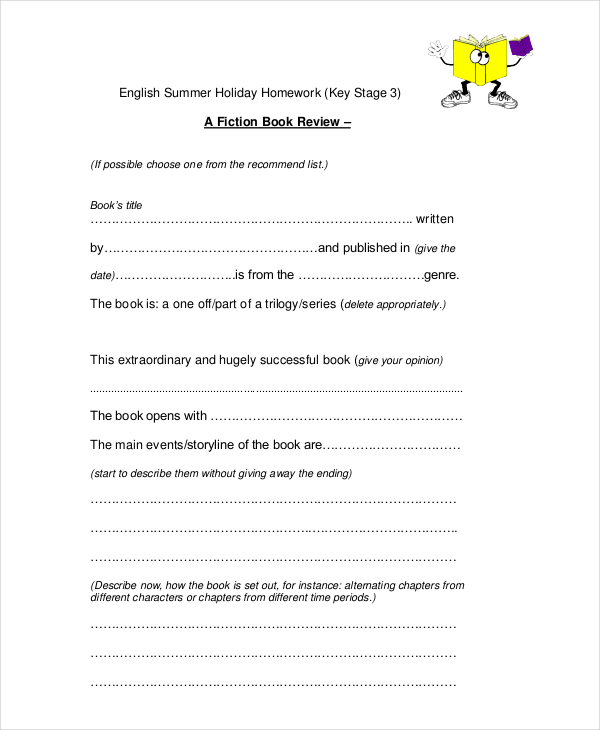
Then provide paper for learners to make the leaflet. Get them to ‘plan out’ their leaflet in their notebooks. Now learners choose a place of their own. write ‘contact’ where they want contact information to go, write ‘eating’ where they want information about food and drinks available at their place, etc. Brainstorm some ideas of places – they could write a leaflet for visiting their school, a local attraction, their town, their house, the moon – encourage their imagination! Choose a simple idea and ‘plan out’ the leaflet together on the board – draw boxes where they want pictures to go, write key words for where they want information to go, e.g. Identify some of the basic features of this genre: lots of pictures, colourful, location map, contact/opening times, positive language (the best, amazing, wonderful, etc.), list of things to do/see at the place, etc.Įxplain that they are going to write their own leaflet. Ask the learners if they would be interested in visiting the places, and why. Generate interest and ideas by showing your learners some examples of leaflets for places in their country or the UK (you can find these on the internet). For example, they could create different endings for their stories or write an email to one of their characters.


For more advanced learners, you could use the final versions of the stories in the Story maker as the stimulus for freer writing practice. More advanced learners could create the dialogue as they perform their parts other learners could simply narrate their stories.Īs further extension activities, you could ask your learners to come up with new options for the questions in the Story maker, or to write questions and options for different story genres. Your learners might also like to act out their stories for each other. Encourage them to talk simply about their pictures, prompting and interacting with them as necessary. You could then ask your learners to compare their stories and comment on the differences in the versions.Īdditionally, your learners could illustrate their stories or create storyboards for each part. When your learners have finished, they can share their stories with their classmates. If you only have the class computer, print in advance an example story of each genre and cover up the options before photocopying to make a template. If possible, learners then work in pairs and create their own. Use the questions in the Story maker to brainstorm vocabulary and draw on your learners’ preferences, for example, ‘What's your favourite musical instrument?’, ‘Who do you like being with?’ or ‘What are the scariest animals or creatures?’ You could even make the questions into a class survey.Īs a class, now create a story with the Story maker.

If your learners need more support, the Story maker on LearnEnglish Kids helps learners generate fairy, horror and science fiction stories: When learners are ready, they can write their stories, working individually but helping each other as they go along. Alternatively, give them the first or last sentence of the story, for example: ‘And they never forgot their homework again.’ Then ask your learners to work in pairs and plan their story by answering the above questions. Alternatively, try an animated short story from LearnEnglish Kids: Ĭhoose a genre and/or a topic. Who are the main characters? What are their names? Where do they live? What are they like? What problems or challenges do they meet? What happens to them in the end? Have a look at some real books with visually appealing covers and illustrations, if available, to stimulate interest and language output. Here are some examples.īefore writing, ask learners to tell you about stories they've already read. In the classroom there are many ways of using these writing activities to help children practise their English whilst developing their creativity and imagination.


 0 kommentar(er)
0 kommentar(er)
